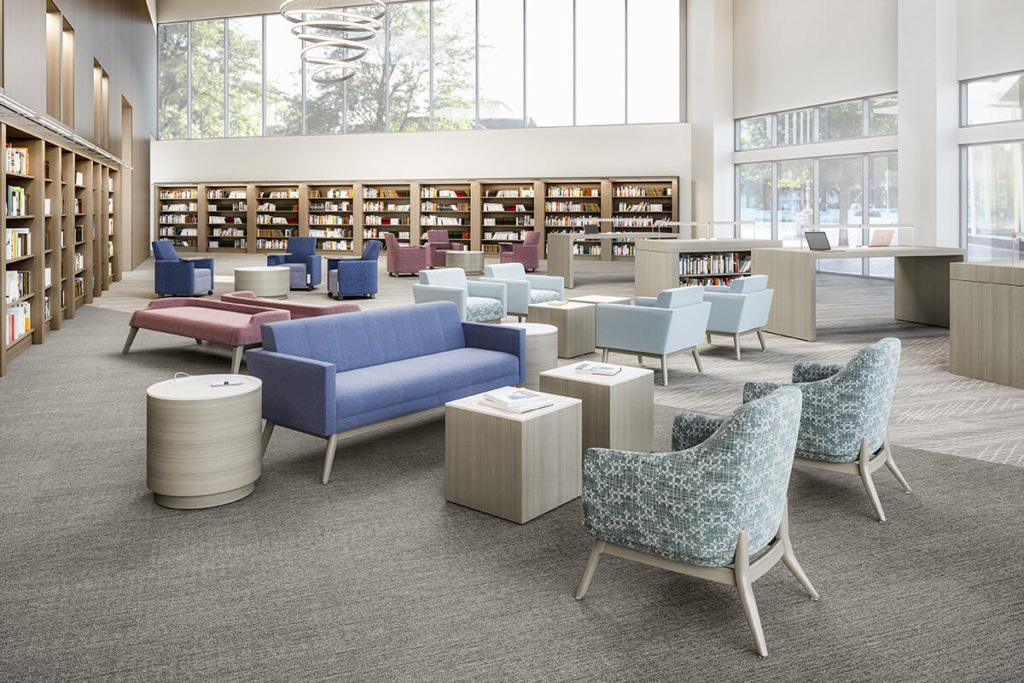The learning environment on today college campuses has moved beyond the classroom. Student lounges, resident hall lounges, libraries, solariums and even the student center are all places for dynamic, flexible and collaborative learning. The world-renowned physicist, Albert Einstein said, “I never teach my pupils. I only attempt to provide the conditions in which they can learn.”
Encourage a student’s perspective

Students expect more from their learning spaces. They desire spaces that support learning anywhere and at any pace. The classroom is not everyone’s ‘cup of tea’ when it comes to achieving education excellence. Students today prefer learning in environments that support ideas. Everyone wants to contribute in the learning process. With that in mind, if students feel that they are heard and understood, their contributions will be meaningful and have impact.
Encourage social learning

Information shared is information repeated. If information is repeated and repetition increases retention. Small groups who can gather in areas where they feel free to ask questions and share new ideas with each other will learn at a higher rate. Lounges with comfortable seating and some tables are inviting spaces. These places encourage socialization and the sharing of ideas.
Encourage focus

As often as possible provide an environment that supports every individual style of learning. One size does not fit all in education. Some people are visual learners, some are textbook learners and others respond well to what they hear. If the classroom lecture is the favorite way of learning, room acoustics are very important. For readers and writers, private or semi-private areas of study with comfortable, lounge-like furnishings are preferred. The best areas for learning for those focused on visual learning may be areas close to nature. An added benefit is enhanced personal and social communications skills.
